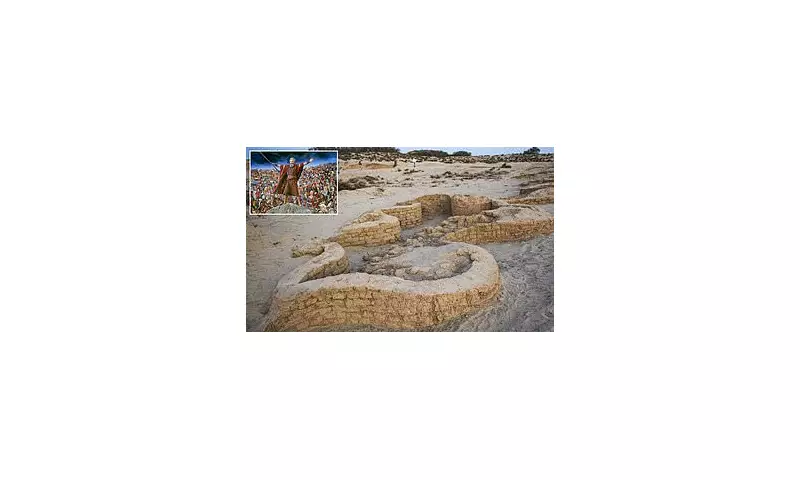
A remarkable archaeological discovery in Egypt's Nile Delta region is sending shockwaves through both the scientific and religious communities, potentially providing the first tangible evidence for the Biblical story of Moses and the Israelite exodus.
The Tell el-Maskhuta Breakthrough
Excavations at the ancient site of Tell el-Maskhuta have unearthed what appears to be evidence of Semitic settlements dating back to the Biblical era of Moses. The findings include pottery, tools, and structural remains that suggest a significant population of Western Asian origin lived in the region during what many scholars believe was the timeframe of the Israelite presence in Egypt.
Connecting Ancient Dots
Archaeologists working at the site have identified several key elements that align with the Biblical narrative:
- Cultural artifacts showing distinct Semitic influences alongside Egyptian materials
- Settlement patterns indicating a foreign population living in the eastern Nile Delta
- Historical timeline that corresponds with the proposed dates of the Israelite sojourn in Egypt
- Architectural evidence of storage facilities that could relate to Biblical accounts
Academic Implications
This discovery challenges long-standing academic scepticism about the historical accuracy of the Exodus story. While some scholars have traditionally viewed the narrative as largely mythological or exaggerated, these findings provide archaeological substance to claims that have previously relied solely on textual evidence.
Dr Stephen Compton, an independent archaeologist involved in the research, emphasised the significance: "We're not just looking at isolated artifacts but at a comprehensive picture of settlement that matches the Biblical description of the Israelites in Egypt."
Regional Context
The Nile Delta has long been recognised as a crucial region for understanding ancient Egyptian interactions with neighbouring cultures. Tell el-Maskhuta's location along major trade routes made it a natural crossroads where different populations would have mingled and settled.
What makes this discovery particularly compelling is the precise geographical alignment with Biblical descriptions of where the Israelites were said to have lived during their Egyptian captivity.
Future Research Directions
Archaeological teams are planning expanded excavations at the site and surrounding areas. Advanced technologies including ground-penetrating radar and isotopic analysis of human remains may provide further insights into the origins and lifestyles of the ancient inhabitants.
As research continues, this discovery promises to reignite discussions about the intersection of archaeology, history, and religious texts, potentially rewriting our understanding of one of history's most enduring narratives.





